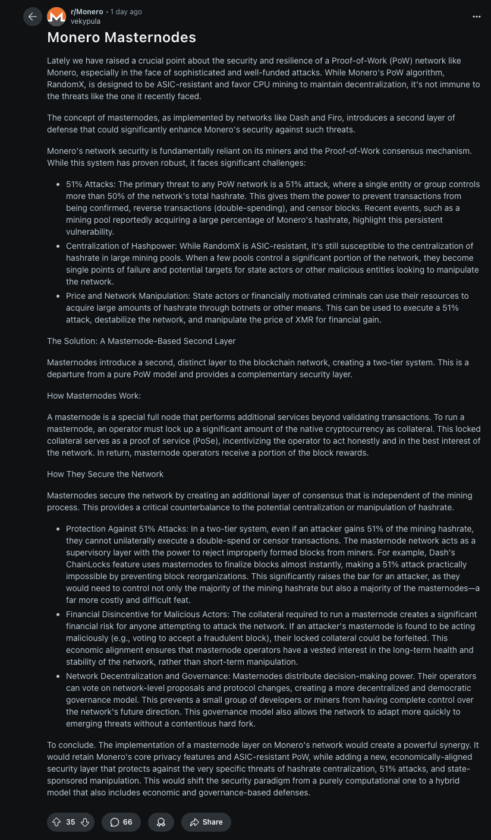Researchers have developed a new algorithm for distributed ledger protocols, which reporters claim could achieve security without the high power consumption of Bitcoin (BTC) mining.
The algorithm, “Scalable Byzantine Reliable Broadcast,” was outlined in a paper first published this August and being presented today, Oct. 16, at the International Symposium on Distributed Computing (DISC 2019) in Budapest, Hungary.
The paper’s authors, Rachid Guerraoui, Petr Kuznetsov, Matteo Monti, Matej Pavlovic, Dragos-Adrian Seredinschi — based at the Federal Polytechnic School in Lausanne, Switzerland — have won the DISC 2019 Best Paper Award for their research.
A new way of tackling Byzantine fault-tolerant systems
In their paper, the authors distinguish their protocol from previous Byzantine fault-tolerant (BFT) systems by noting that they have designed the algorithm in such a way as to replace quorums with stochastic samples:
“We generalize the Byzantine reliable broadcast abstraction to the probabilistic setting, allowing each of its properties to be violated with a fixed, arbitrarily small probability. We leverage these relaxed guarantees in a protocol where we replace quorums with stochastic samples. Compared to quorums, samples are significantly smaller in size, leading to a more scalable design. “
The paper goes on to outline a “Gossip-based algorithm” — a probabilistic broadcast to ensure the validity and totality of all messages broadcast in the system, in which the links are reciprocated and undirected.
This is distinct from and more efficient than existing Byzantine broadcast protocols, they argue, which build on quorum systems with “strong intersection guarantees,” resulting in “linear per-process communication and computation complexity.”
Reports frame new algorithm in terms of energy efficiency
As media reports on the researchers’ work indicate, the pursuit of alternative, scalable and secure algorithms for distributed ledger systems are often interpreted within the framework of debates over the high power consumption involved in computation-intensive Bitcoin mining due to its underlying Proof-of-Work algorithm.
A study in June found that three-quarters of Bitcoin mining activity is powered by renewable energy sources.
This September, fresh data indicated that the Bitcoin’s network energy consumption was becoming more efficient even as hash rate continued to hit record highs.
As of July 2019, consumption was 69.79 terawatt-hours per year. One year earlier, the figure had been 71.12, notwithstanding an almost 60% lower hash rate.
Mining hardware behemoths such as Bitmain are meanwhile seeking to develop new solutions with greater processing capabilities and lower energy demands.




